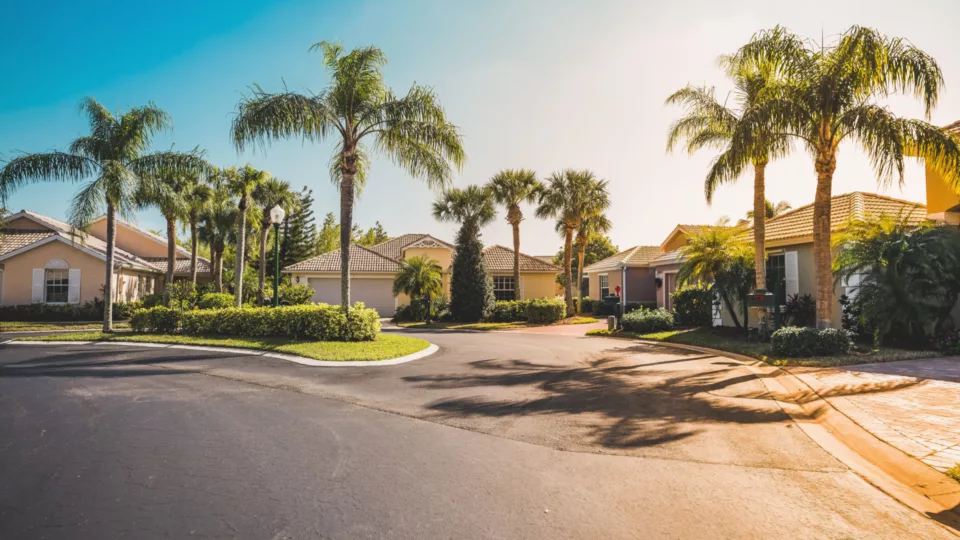In This Article
The roofing industry has seen tremendous advancements over the years, from traditional techniques to cutting-edge technologies. Understanding this evolution can provide insights into current trends and future developments. In this article, we’ll take a journey through the history of roofing technologies, examine today’s innovations, and explore what the future holds for this essential industry.
The Past: Traditional Roofing Methods
- Thatch Roofing
- Thatch roofs were made from dry vegetation such as straw, reeds, and grass.
- They provided natural insulation but required regular maintenance and had a limited lifespan.
- Wood Shingles
- Wood shingles were popular due to their availability and ease of installation.
- While aesthetically pleasing, they were prone to fire and rot.
- Clay Tiles
- Clay tiles have been used for centuries, particularly in hot climates.
- They are durable and fire-resistant but heavy and expensive to install.
The Present: Modern Roofing Innovations
- Asphalt Shingles
- Asphalt shingles are the most common roofing material today, known for their affordability and ease of installation.
- Innovations include improved durability, energy efficiency, and a wide range of styles.
- Metal Roofing
- Metal roofing has gained popularity due to its longevity, lightweight, and energy-efficient properties.
- It is available in various styles, mimicking traditional materials like shingles and tiles.
- Synthetic Roofing Materials
- Synthetic materials, such as rubber, plastic, and polymer composites, offer durability and versatility.
- They can mimic the appearance of natural materials while providing better performance and lower maintenance.
- Green Roofing
- Green roofs, or living roofs, are covered with vegetation and provide natural insulation, stormwater management, and aesthetic benefits.
- They require specific installation techniques and ongoing maintenance.
The Future: Emerging Roofing Technologies
- Solar Roofing
- Solar roof tiles and panels are becoming more integrated into roofing materials, providing renewable energy and reducing electricity costs.
- Advances in efficiency and aesthetics are making solar roofing more attractive to homeowners.
- Cool Roofs
- Cool roofs use reflective coatings and materials to reduce heat absorption, improving energy efficiency and reducing cooling costs.
- Ongoing research is focused on enhancing reflectivity and durability.
- Smart Roofing Systems
- Smart roofing systems incorporate sensors and technology to monitor roof conditions, detect leaks, and optimize energy usage.
- These systems can provide real-time data and alerts, allowing for proactive maintenance and repairs.
- 3D-Printed Roofing
- 3D printing technology is being explored for creating custom roofing materials and components.
- This innovation promises faster production times, reduced waste, and the ability to create complex designs.
Detailed Analysis of Roofing Technologies
- Thatch Roofing:
- Historical Significance: Thatch roofing has been used for thousands of years and was prevalent in many cultures due to the availability of materials.
- Advantages and Disadvantages: While thatch provides good insulation and a rustic appearance, it is highly flammable and requires frequent maintenance to prevent leaks and decay.
- Wood Shingles:
- Traditional Use: Wood shingles were commonly used in colonial America and other parts of the world due to their availability and ease of installation.
- Modern Alternatives: Today, wood shingles are less common due to their susceptibility to fire and rot. They have been largely replaced by more durable and fire-resistant materials.
- Clay Tiles:
- Durability and Aesthetics: Clay tiles are known for their longevity and traditional appearance. They are particularly popular in Mediterranean and southwestern U.S. architecture.
- Installation Considerations: Due to their weight, clay tiles require a strong roof structure and professional installation to ensure durability and performance.
- Asphalt Shingles:
- Modern Dominance: Asphalt shingles dominate the roofing market due to their cost-effectiveness and versatility. They are available in a wide range of colors and styles to suit various architectural designs.
- Technological Advancements: Modern asphalt shingles are designed with improved durability and energy efficiency. Some are even equipped with reflective coatings to reduce heat absorption.
- Metal Roofing:
- Growth in Popularity: Metal roofing has seen increased popularity due to its long lifespan and low maintenance requirements. It is particularly valued in regions with extreme weather conditions.
- Styles and Options: Metal roofing can be made to resemble traditional shingles, tiles, or shakes, offering homeowners a durable yet aesthetically pleasing option.
- Synthetic Roofing Materials:
- Versatility and Performance: Synthetic materials such as rubber and plastic composites are designed to mimic natural materials while offering superior performance. They are durable, lightweight, and resistant to weather and impact.
- Environmental Benefits: Many synthetic roofing materials are made from recycled content, contributing to waste reduction and resource conservation.
- Green Roofing:
- Environmental Impact: Green roofs provide numerous environmental benefits, including improved air quality, natural insulation, and stormwater management. They are increasingly used in urban areas to create green spaces and reduce the urban heat island effect.
- Maintenance Requirements: While green roofs offer significant benefits, they require regular maintenance to ensure plant health and structural integrity. Proper installation is crucial to prevent leaks and water damage.
- Solar Roofing:
- Integration and Efficiency: Solar roofing integrates photovoltaic cells into traditional roofing materials, offering a seamless and aesthetically pleasing way to generate renewable energy. Advances in technology have improved the efficiency and affordability of solar roofs.
- Cost and Savings: While the initial investment can be high, solar roofing can significantly reduce electricity costs over time. Various incentives and rebates can help offset the initial expense.
- Cool Roofs:
- Energy Savings: Cool roofs are designed with reflective materials that reduce heat absorption, lowering cooling costs and improving indoor comfort. They are particularly effective in hot climates.
- Environmental Benefits: By reducing the heat island effect, cool roofs contribute to lower ambient temperatures in urban areas, reducing overall energy consumption.
- Smart Roofing Systems:
- Technological Integration: Smart roofing systems incorporate sensors and technology to monitor roof conditions in real-time. They can detect leaks, measure energy usage, and provide data to optimize performance.
- Proactive Maintenance: These systems allow for proactive maintenance and repairs, preventing small issues from becoming major problems and extending the life of the roof.
- 3D-Printed Roofing:
- Innovation and Customization: 3D printing technology allows for the creation of custom roofing materials and components, offering precise and efficient production. This technology promises to reduce waste and production times while allowing for complex designs.
- Future Potential: While still in the experimental stage, 3D-printed roofing has the potential to revolutionize the industry by offering customizable, sustainable, and cost-effective solutions.
Conclusion
The evolution of roofing technologies has transformed the industry, offering more durable, efficient, and sustainable options for homeowners. From traditional thatch and wood shingles to modern asphalt, metal, and synthetic materials, roofing has come a long way. As we look to the future, innovations such as solar roofing, cool roofs, smart systems, and 3D printing hold the promise of even greater advancements. Staying informed about these trends can help you make the best choices for your home, ensuring long-lasting protection and efficiency. Embracing the latest roofing technologies not only enhances the durability and performance of your roof but also contributes to a more sustainable and energy-efficient future.





